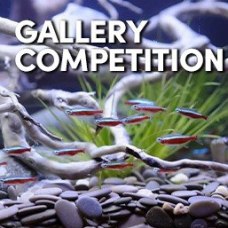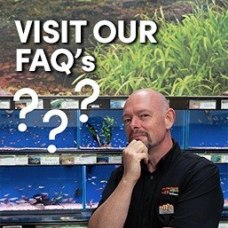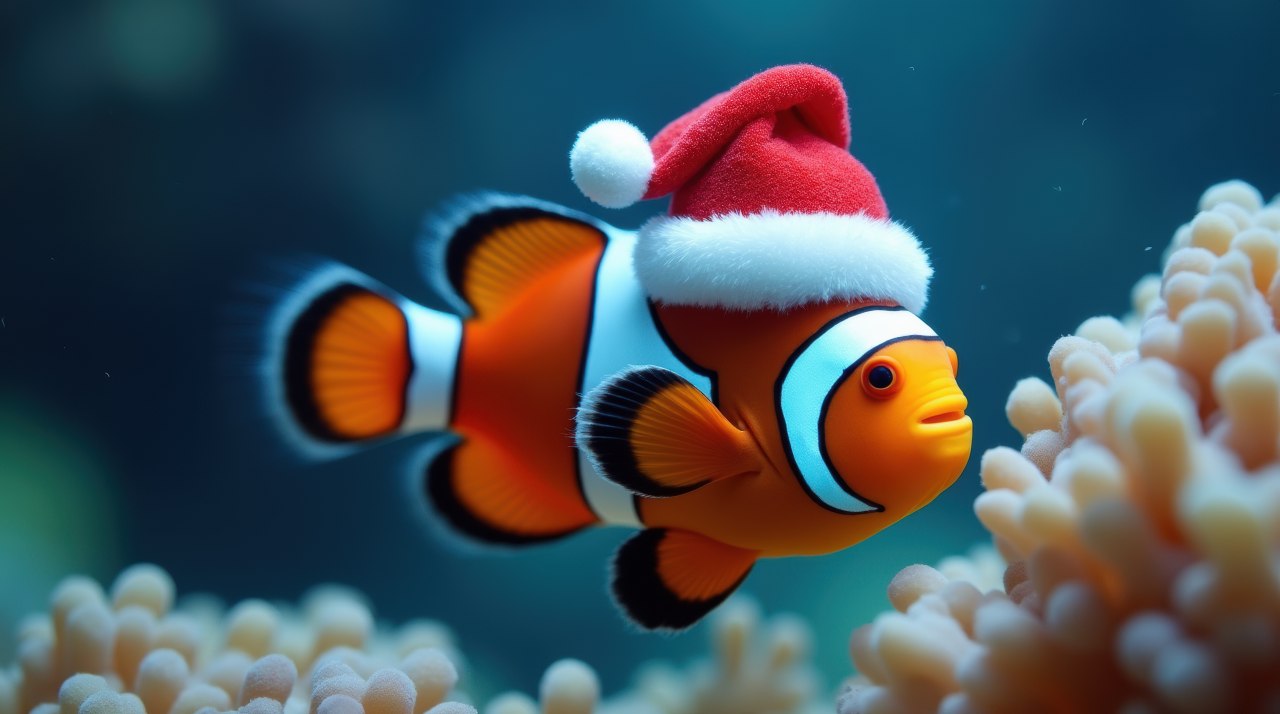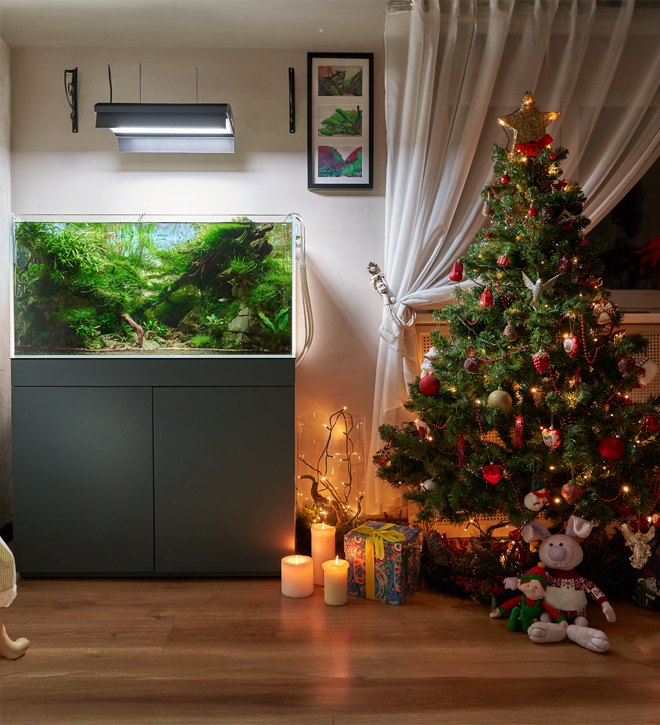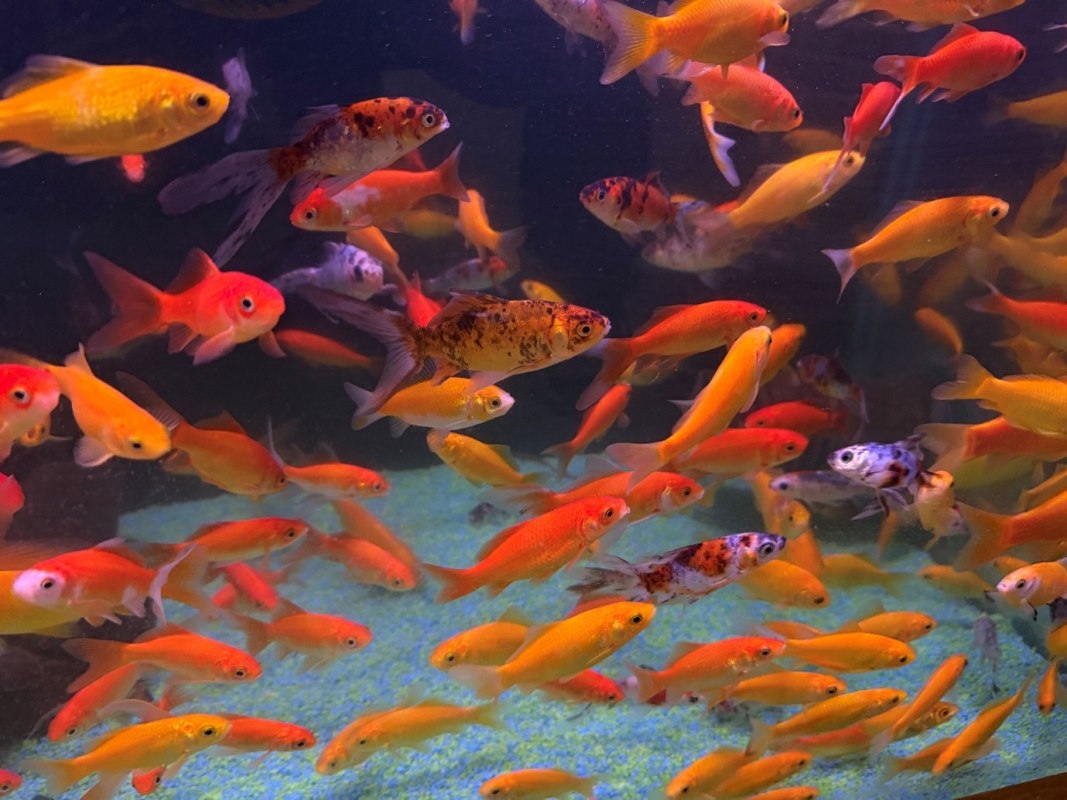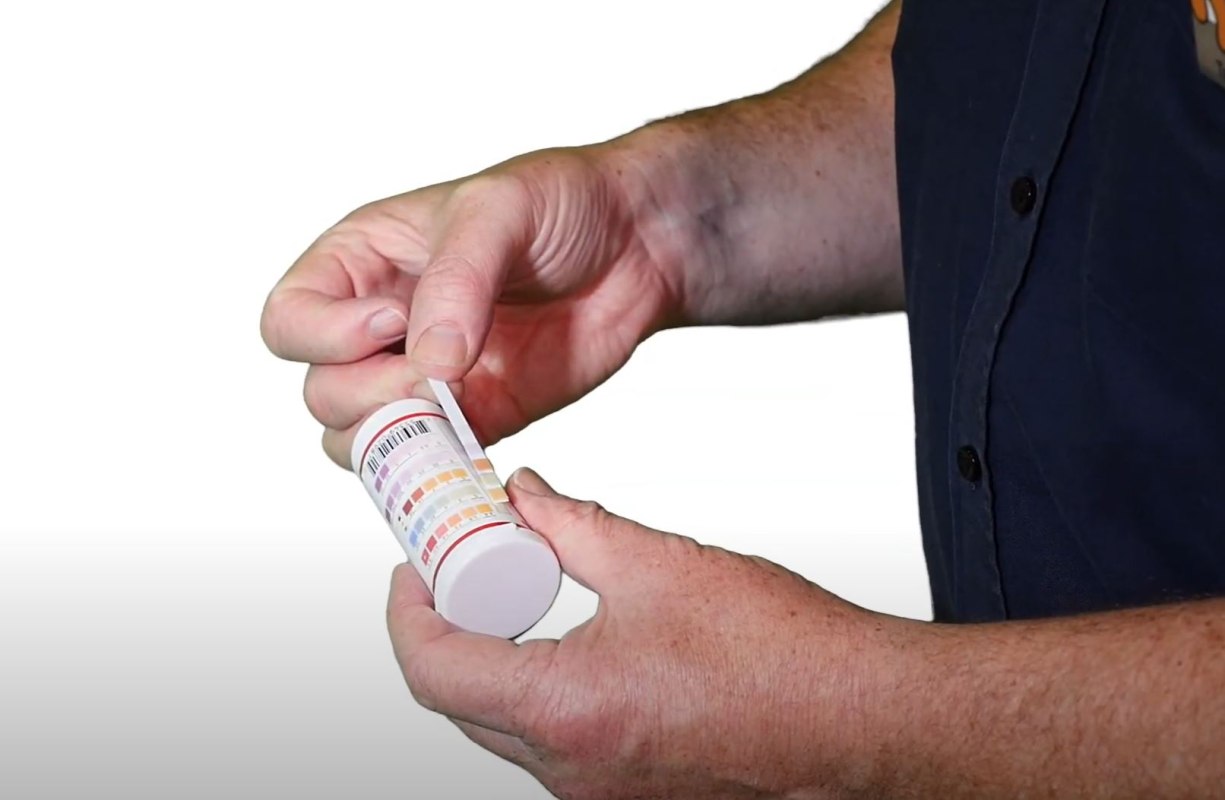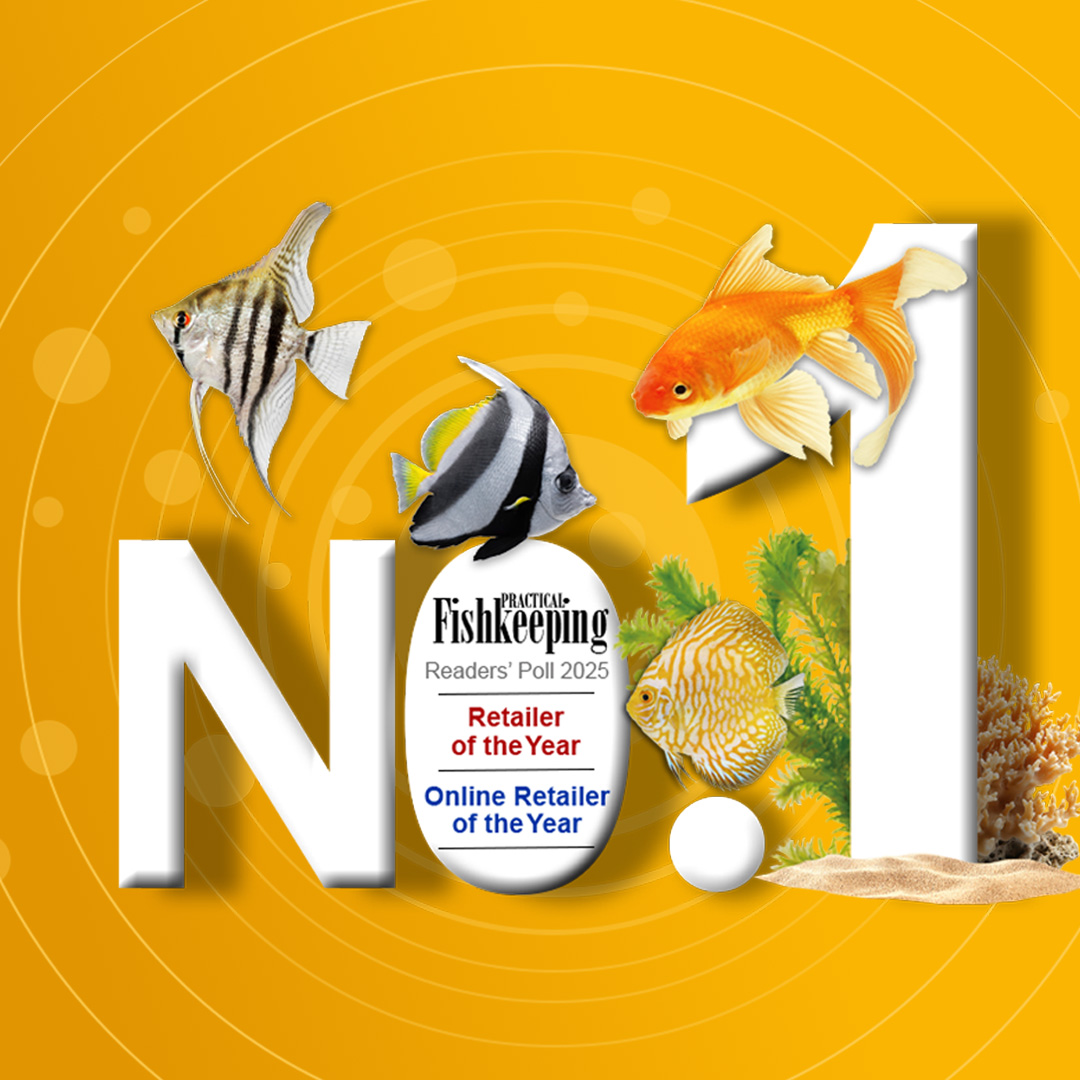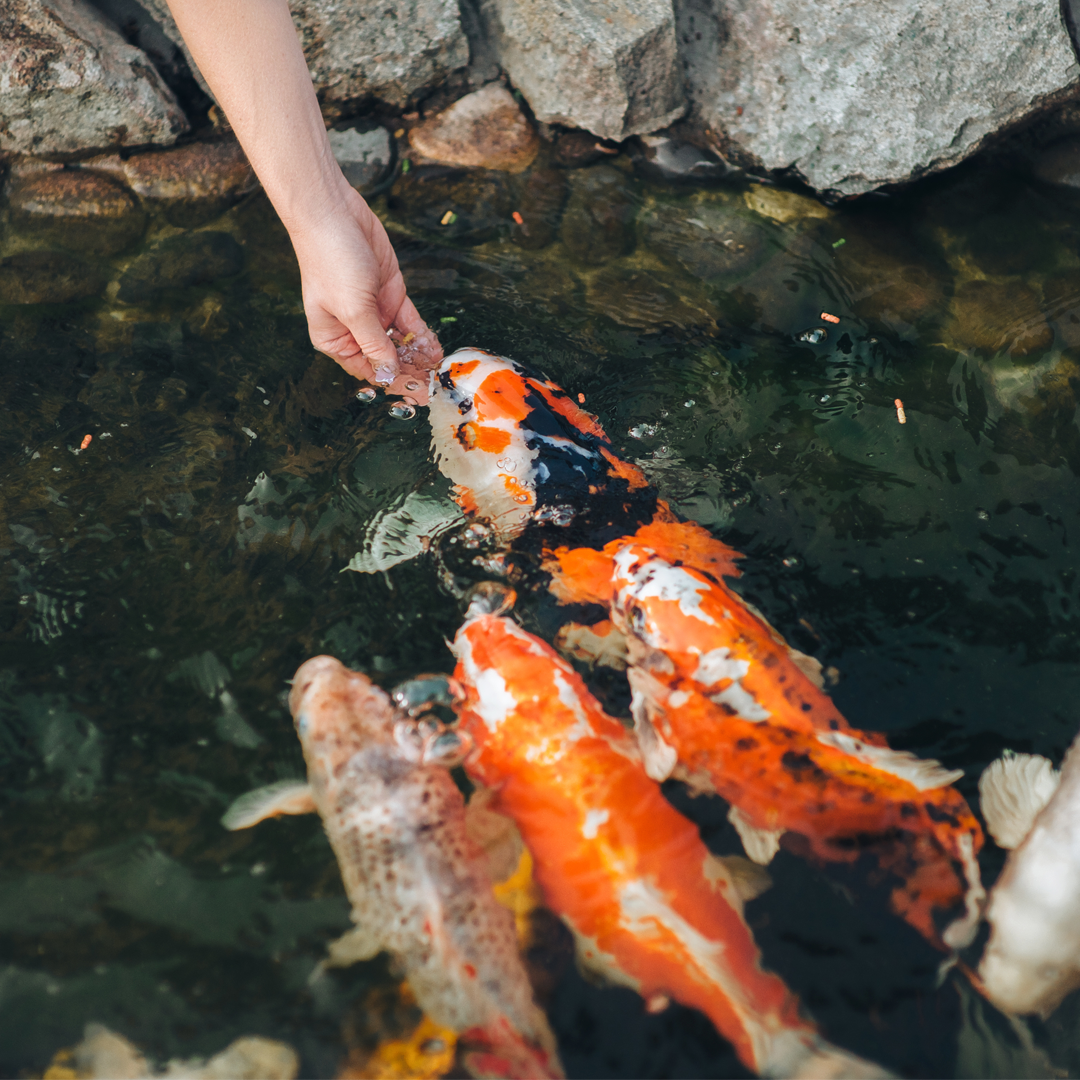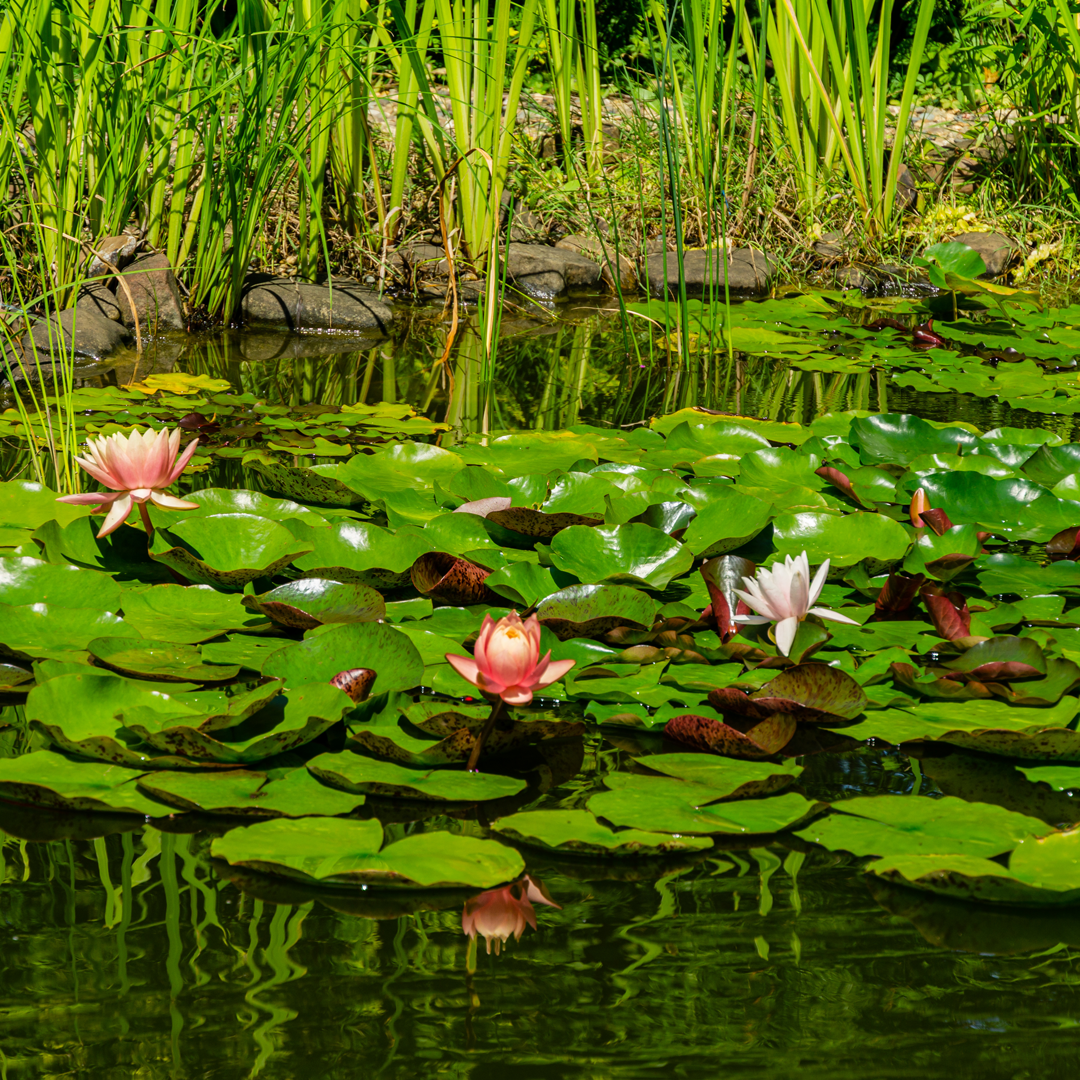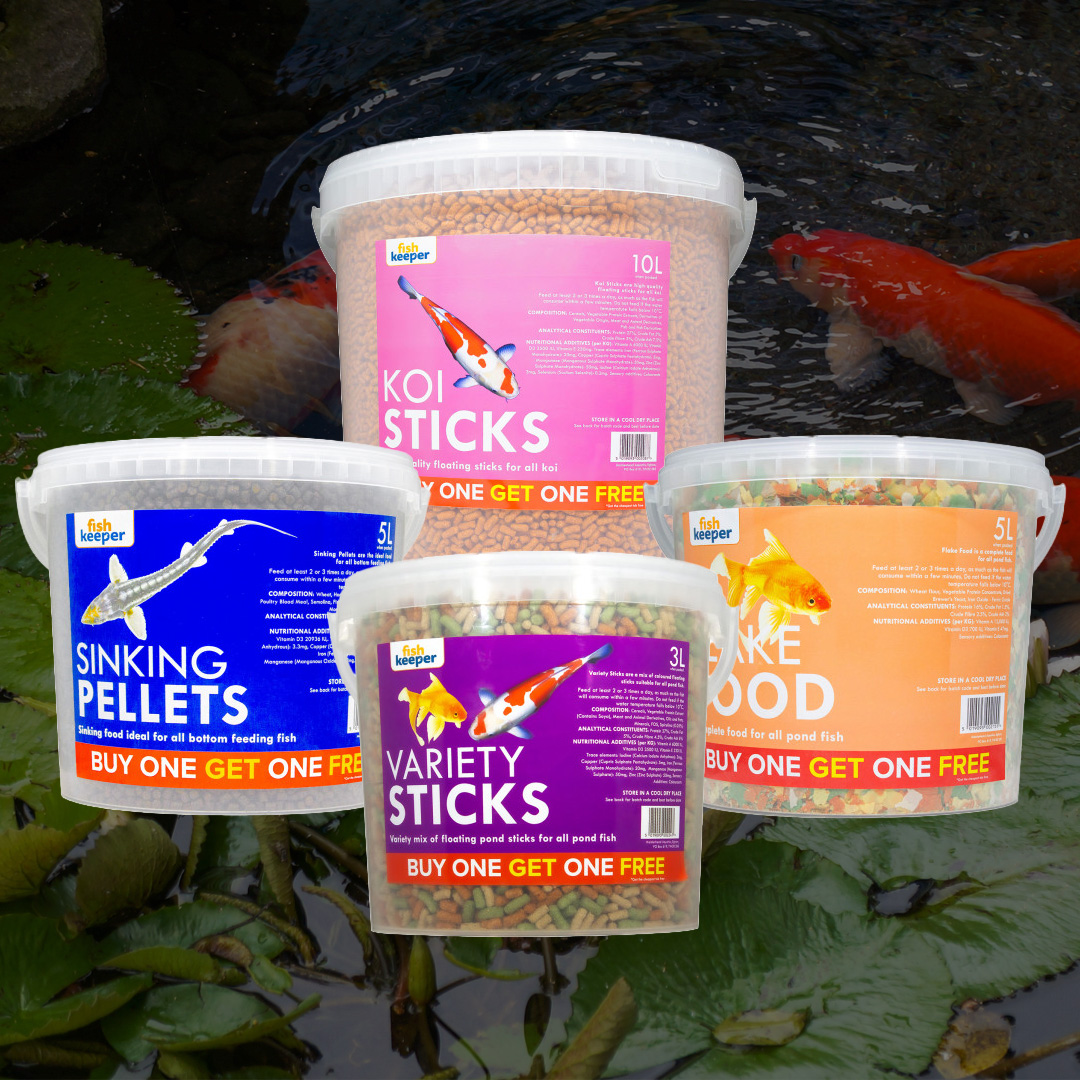Blog
-
January February March April May June July August September October November December
-
2026 2025 2024 2023 2022 2021 2020 2019 2018 2017 2016 2015 2014 2013 2012
-
Whether you’re caring for your own finned friends or giving a gift to a fellow aquarist, a few thoughtful stocking-stuffers and tank upgrades can make all the difference.
-
Christmas changes your routine. It also changes the conditions around your tank. Most experienced fishkeepers already understand the basics, but the pace of the festive season can introduce new risks.
-
Some of our stores have brought their pond goldfish inside to escape the cold and it’s interesting to see the contrast between varieties brought about by a gene or two when viewed from the side in large numbers.
-
Check out our last delivery times before Christmas and stores and online operating hours and Customer Service availability over the festive period.
-
Testing aquarium or pond water is both a critical and essential step in maintaining a healthy, thriving aquatic environment. It allows hobbyists to monitor and maintain the water parameters necessary for the well-being of all fish, plants, and other inhabitants within. Check out our handy guide that explains why the health of your aquarium or pond water means everything to the health and wellbeing of your fish.
-
Our exclusive Fishkeeper app is the perfect tool to help you record and monitor your pond or aquarium water health. This short article shows you step-by-step how to set up your profile on the app and where you can start recording and tracking the water parameters that are important to your set-up.
Showing 523 Results
-
Cory catfish are perfect community fish and I won’t hear a word against them. Some of them even shoal in midwater and seek out the company of tetras, such as these Pygmy corys (Gastrodermus pygmaeus).
-
Categories: General Fishkeeping
Whether you’re caring for your own finned friends or giving a gift to a fellow aquarist, a few thoughtful stocking-stuffers and tank upgrades can make all the difference.
-
Categories: General Fishkeeping
Christmas changes your routine. It also changes the conditions around your tank. Most experienced fishkeepers already understand the basics, but the pace of the festive season can introduce new risks.
-
Some of our stores have brought their pond goldfish inside to escape the cold and it’s interesting to see the contrast between varieties brought about by a gene or two when viewed from the side in large numbers.
-
Categories: General Fishkeeping
Check out our last delivery times before Christmas and stores and online operating hours and Customer Service availability over the festive period.
-
Categories: News
We're officially the number one aquatic retailer in the UK.
-
These Red-tailed rasbora (Rasbora borapetensis) have had a low-key presence in the hobby for decades but seldom get the chance to shine.
-
Categories: News
Undoubtedly, the advent of online shopping has transformed consumer behaviour throughout every sector of retailing, offering unparalleled convenience and a vast array of choices.
-
Categories: Our Stores
A tank of Cherry shrimp (Neocaridina davidi) will always catch the eye and these bright red crustaceans have many qualities that make them perfect for home aquaria, which is good news considering that these bright red forms aren’t found in the wild.
-
Categories: Seasonal Tips
Wheatgerm is the perfect autumn fish food—nutrient-rich, easy to digest, and gentle on your fish’s gut as water cools. It supports immune health, reduces waste, and prepares koi and goldfish for winter. Choose the right pellet type, protein level, and added vitamins to keep your fish healthy through the season.
-
Categories: Seasonal Tips
September is the perfect time to prepare your fish for autumn. Test water quality, inspect fish for early health issues, trim plants, clean filters, and adjust feeding as temperatures drop. A proactive check-up now ensures stronger, healthier fish through the colder months ahead.
-
Categories: Seasonal Tips
Learn how to adjust your fish feeding routine this September as water temperatures drop. Our guide explains when to switch to wheatgerm food, how to reduce feeding frequency, and the best practices for ponds and aquariums to keep your fish healthy through autumn.
-
Categories: Seasonal Tips
Discover how to care for your pond through autumn with our simple maintenance plan. From clearing leaves and vacuuming sludge to switching your fish onto wheatgerm food and preparing equipment for winter, this guide covers everything you need to keep your pond clean, balanced, and ready for the colder months.
-
Categories: Seasonal Tips
Your essential guide to seasonal shifts in pond and aquarium care
As summer fades and September rolls in, fishkeepers across the UK are met with subtle but important changes in both pond and aquarium environments. While the days may still be warm, nights begin to cool, and your fishkeeping routine should adapt accordingly.
-
Categories: General Fishkeeping
Heiko took pride in showcasing his exploration of many important regions rich in obscure ichthyofauna and even if you never heard of him, the chances are you’ve kept a species of fish or aquarium plant that’s named in his honour.
-
It’s probably thanks to being largely imported as mature fish that Pelvicachromis sacrimontis is known as the Giant krib as they don’t grow any larger than more familiar species.
-
Summer is the season when your garden pond truly comes to life — lush plants, active fish, and long, sunny days make it a highlight of your outdoor space.
-
Blanket weed, also known as string algae, silk weed or filamentous algae, is a type of fast-growing green algae that forms long, hair-like strands. It often floats just below the surface or attaches to rocks, plants, pumps, and pond liners — creating unsightly, tangled masses that can quickly take over your pond if left unmanaged.
-
Feeding your pond fish in the warmer months can make a big difference in their health, colour, and water clarity. From portion control to product quality, timing to variety—each aspect of feeding plays a role in maintaining a balanced and thriving pond. Here’s how to get it right.
-
A lot is said about livebearers such as Guppies and Platies being easy to breed, but in the right set up, tetras can be almost as prolific. Emperor tetras (Nematobrycon palmeri) are particularly free-breeding and statistically this sets the stage for colour forms to appear.
